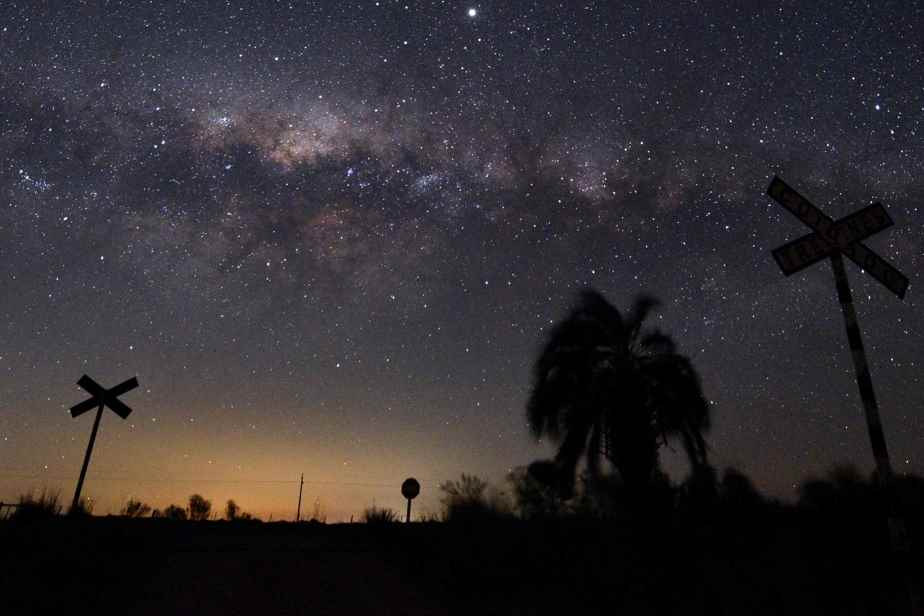(Washington) Light pollution is rapidly gaining ground and the number of stars visible to the naked eye at night in some places could be halved in less than twenty years, according to a scientific study unveiled Thursday in the journal Science.
The increase in this pollution by artificial light is greater than what had already been measured via satellite observations of the Earth at night.
To assess the effect of artificial light on the night sky, scientists relied on star observations made between 2011 and 2022 by some 51,000 “citizen scientists”, mostly in the United States and Europe. .
The evolution of the number of visible stars reported makes it possible to deduce that the brightness of the sky increased annually by 9.6% on average in the places of residence of the participants, according to the researchers.
With this growth in light pollution, a place from which one could observe 250 stars would see, over 18 years, this figure reduce to 100.
This study notably coincided with the replacement of many exterior lighting with light-emitting diodes (LEDs), but according to the researchers, the impact on skylight of this transition to LEDs is not clear.
“Star visibility deteriorated rapidly, despite (or perhaps because of) the use of LEDs for street lighting,” the scientists said.
“Existing lighting policies do not prevent light pollution,” at least on a large scale, they say.
But light pollution goes far beyond a purely scientific aspect.
“Before, when people went out at night, they were kind of confronted with the cosmos,” Christopher Kyba, first author of the study and physicist at the GFZ Center in Potsdam, Germany, told AFP. “You go outside, you see the stars, the Milky Way…”
“And now it’s like it’s become an unusual occurrence,” he said. “And that surely has consequences for us […], to no longer live what was almost universal. »
